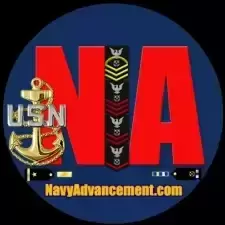-
👉 Latest News
-
RENEWAL OF NAVAL SPECIAL WARFARE SEAL/SWCC SENIOR ENLISTED RETENTION BONUS PROGRAM
By Tony, in Enlisted Pay, Benefits & Allowance Forum | Navy
- 0 replies
- 356 views
-
- 0 replies
- 271 views
-
- 0 replies
- 229 views
-
Mustang Lariat - December 2025
By Tony, in Navy Enlisted to Officer Forum | LDO, CWO | Commissioning Programs
- 0 replies
- 209 views
-
NAVY PHYSICAL READINESS PROGRAM FOR CALENDAR YEAR 2026
By Tony, in Navy Evals, Awards, PRT, Uniform & Grooming
- 1 reply
- 405 views
-


Recommended Posts
Join the conversation
You can post now and register later. If you have an account, sign in now to post with your account.
Note: Your post will require moderator approval before it will be visible.